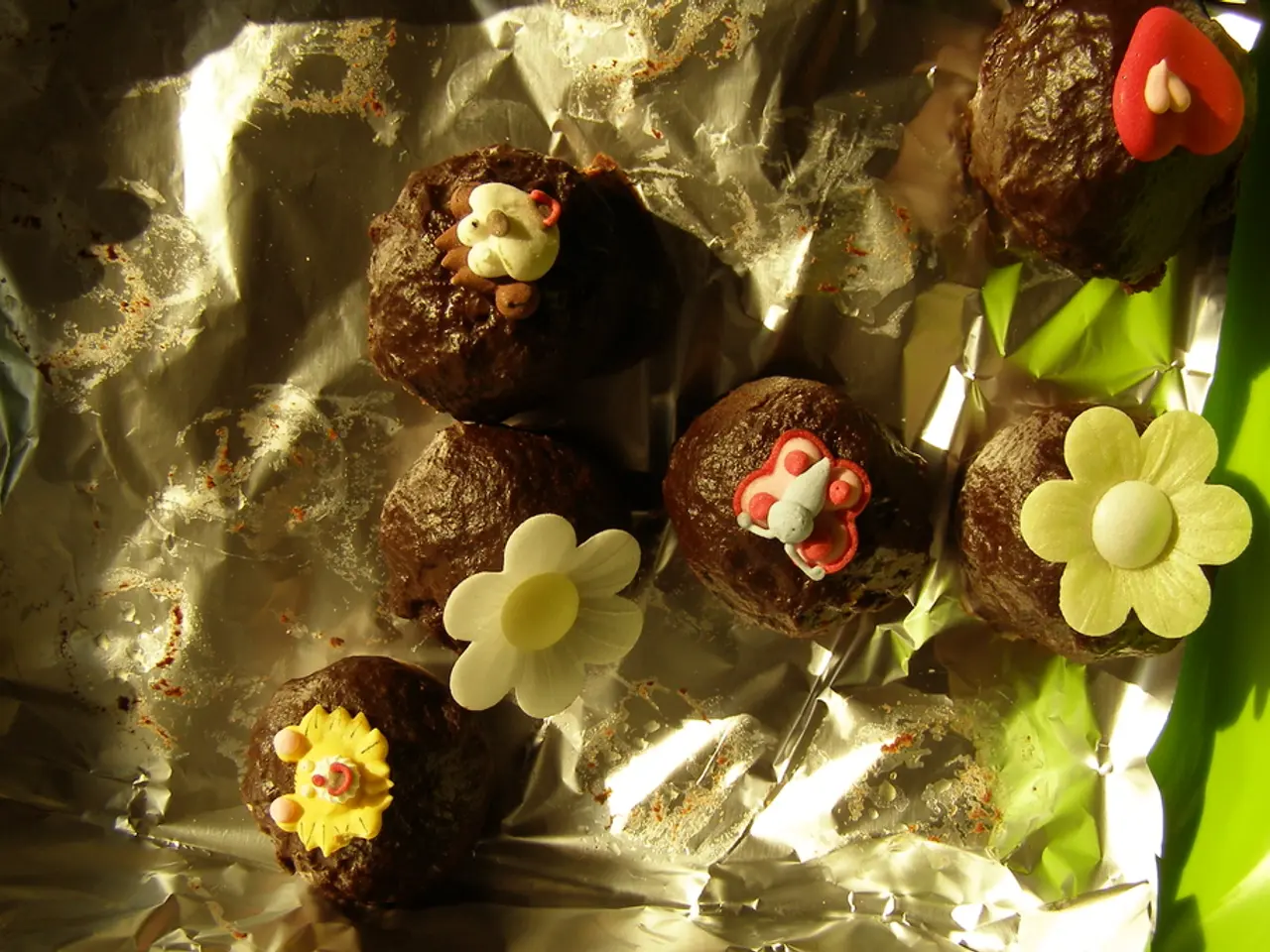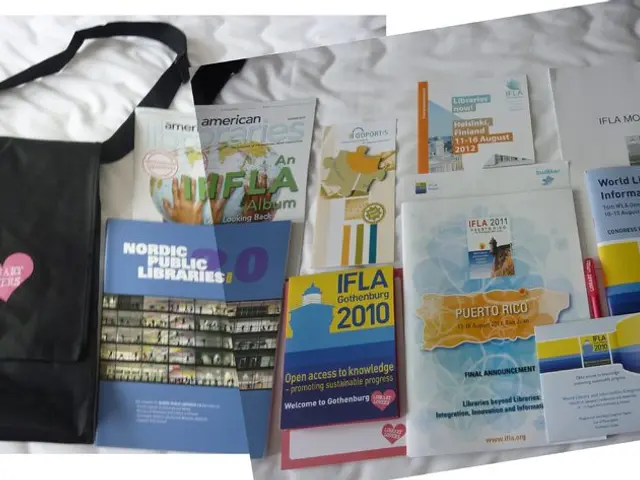Opting to merely observe it instead.
In a recent advisory, Kerstin Effers, an expert for environment and health protection at the consumer center North Rhine-Westphalia, has raised concerns about the potential risks associated with using painted ceramic souvenirs, particularly when they come into contact with acidic foods and drinks.
The expert's advice is due to the potential risks associated with the use of ceramic items, particularly those containing heavy metals like lead and cadmium. However, it's important to note that this advice does not apply to ceramic items that are glazed and fired at high temperatures, as these are less likely to leach heavy metals into food.
Painted ceramic products are popular souvenirs, but there is rarely any information available about the composition of the glaze or the colors used on ceramic items. This lack of transparency can make it difficult for consumers to make informed decisions about the safety of these products.
Tomato sauces, dressings based on vinegar or lemon, and fruit juices are examples of acidic foods and drinks. Health risks from using ceramic items are more pronounced with such acidic foods and drinks. Acidic substances can corrode poorly formulated ceramic glazes or painted surfaces, causing toxic metals to leach into food or drink, which poses a health hazard over time.
Within the EU, the limit values for the release of lead and cadmium from ceramic items are regulated, but the Federal Institute for Risk Assessment considers these limit values not strict enough. The difficulty in verifying compliance with these limit values on markets and souvenir shops highlights the need for better labeling and testing of ceramic items to ensure consumer safety.
Using mugs, cups, plates, or other dishes made of ceramic can pose health risks, especially when using them with acidic foods and drinks. To mitigate these risks, it is essential to use food-safe and lead-free ceramics. Handmade ceramic mugs or souvenirs labeled as "food-safe" and "lead-free," using natural mineral paints or glazes, are generally considered safe for use with food and beverages, including acidic items like coffee, tea, or citrus juices.
Caution is advised when using typical decorative ceramics with acidic foods or beverages due to potential toxic leaching risks. Always verify product specifications or certifications for safety if you plan to use such ceramics for eating or drinking purposes.
The use of ceramic items for decoration is not considered a significant health risk, but the potential risks should still be considered, especially when dealing with items that may not be properly labeled or tested. In light of these concerns, Effers advises to use colorful ceramic dishes like bowls or jugs precautionarily only for decoration.
[1] Source: Consumer Center North Rhine-Westphalia (https://www.verbraucherzentrale-nrw.de/)
The expert's concerns about ceramic items extend beyond souvenirs to include lifestyle products such as fashion-and-beauty items and home-and-garden decor, given the potential risks associated with heavy metals like lead and cadmium leaching. Consumers should exercising caution and verify the safety of such items to ensure their health, especially when using them with acidic foods and drinks, as these can potentially pose health hazards over time.




